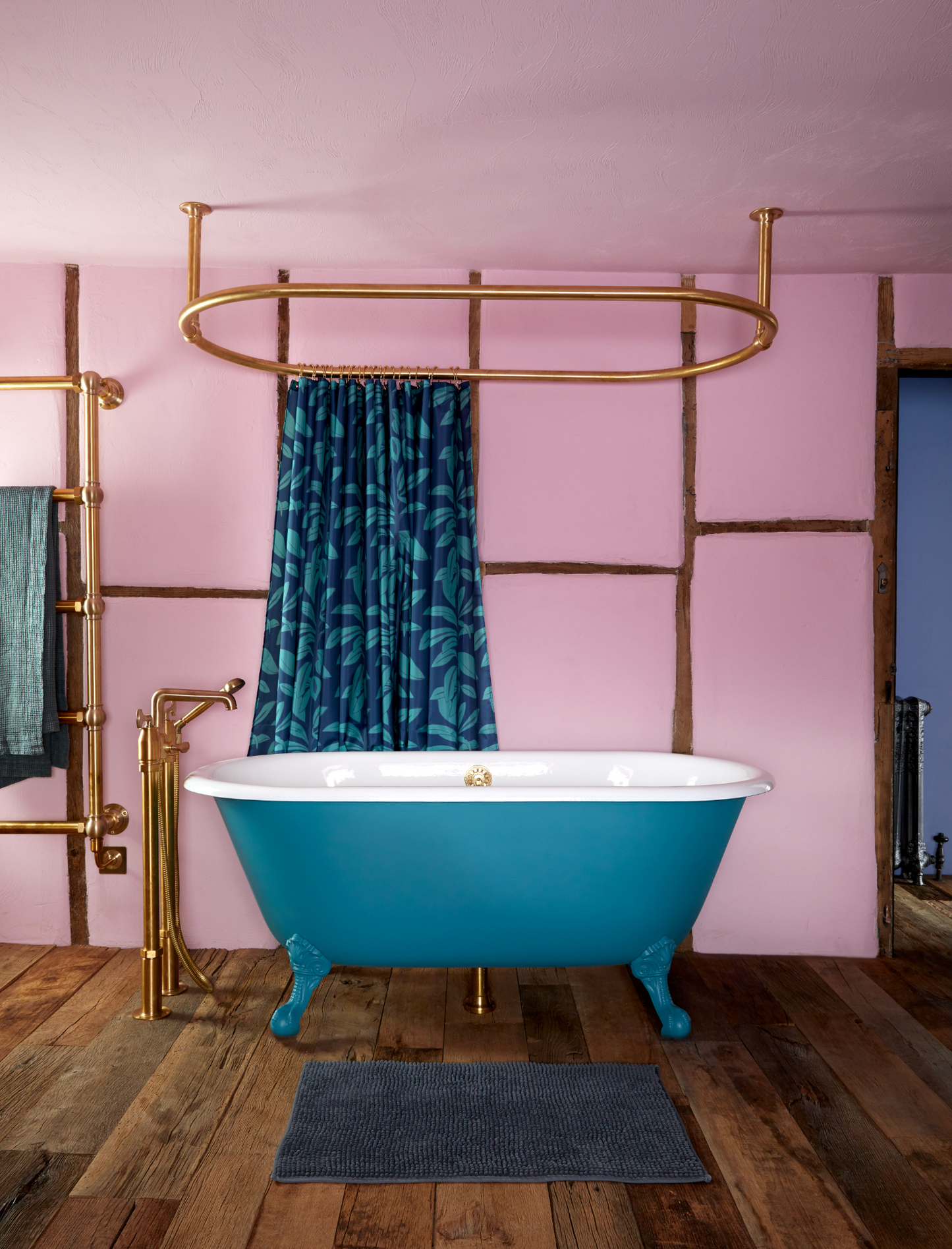
Looking is an art form, I mean really looking. We are bombarded with images every second of everyday so when the Tate tells you to slow look around the exhibition, I listened.
The thing with Post Impressionists is that images have been plastered on jigsaw puzzles, shopping bags and tea trays that I have become accustomed to them and haven’t looked, I mean really looked for a long time. The more I observed the more I became obsessed with the strange and beautiful paintings of Bonnard.
Critics commented on his hit and miss, at times horrible figures in his paintings. The crude and absurd distorted limbs that I became to love. He is concerned about colour and sacrificed form along the way. I admire this and because he preferred to work from memory it captures the moment.
 Coffee 1915
Coffee 1915
The subject in this painting is Bonnard’s wife Marthe, but there is a strong awareness of Bonnard being very near, sitting at the end of the table. There is a peaceful atmosphere to the domestic scene you are observing, you are drawn in so close you could also be consuming the coffee. The black of the serving plate contrasting with the red and white of the tablecloth is presenting a focal point to the painting.

Nude in an Interior 1935
The vibrancy of colours in this painting, the yellow wallpaper contrasting with the purple flooring being echoed in the soft tones of Marthe’s skin.
For Bonnard, the actual act of painting was the exploration, the visual rhymes across the canvas, the conversation between colour and the physical substance of the paint he was using.
 The Garden 1936
The Garden 1936
Bonnard's landscape share the same inventive use of colour as his still life's. He is known for his intense use of colour, particularly through areas with small brush marks built up with paint. The beauty is in the soft mauves, vibrant blues and incredible range of yellows and reds.
‘Colour does not add a pleasant quality to design – it reinforces”
Pierre Bonnard: The Colour of Memory is at Tate Modern until the 6th May 2019.


